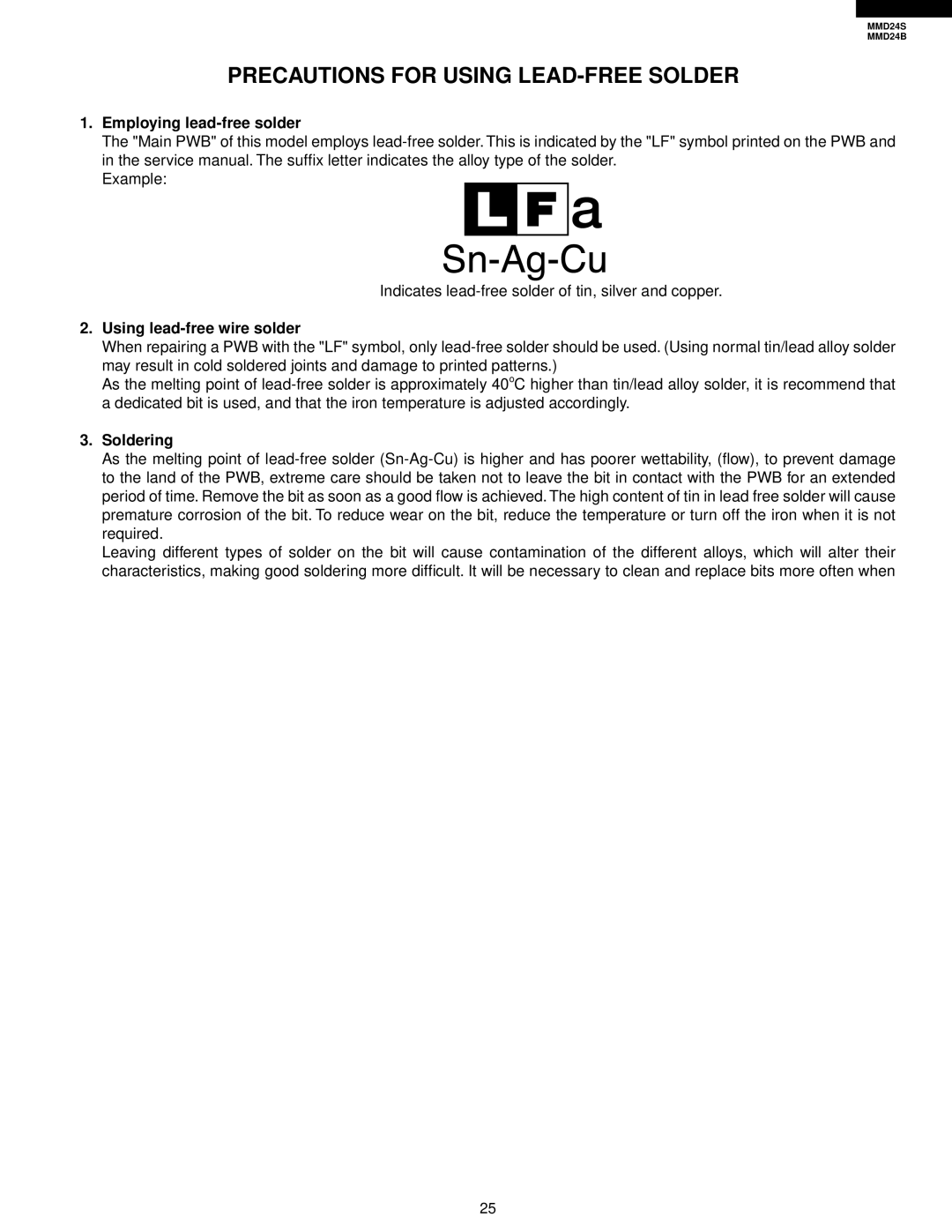WARNING TO SERVICE PERSONNEL
TABLE OF CONTENTS
WARNING TO SERVICE PERSONNEL
MICROWAVE MEASUREMENT PROCEDURE
BEFORE SERVICING
After repairing
WARNING TO SERVICE PERSONNEL
Before Servicing
When the testing is completed
B. Preparation for testing
MICROWAVE MEASUREMENT PROCEDURE
A. Requirements
C. Leakage test
1440 Bridge Gate Dr Diamond Bar, CA
DANGER
SERVICE MANUAL
If provided, Vent Hood, Fan assembly, Cooling Fan Motor
DESCRIPTION
MICROWAVE DRAWER SPECIFICATION
GROUNDING INSTRUCTIONS
GENERAL INFORMATION
OPERATION
POWER LEVEL P-0 TO P-90 COOKING
DESCRIPTION OF OPERATING SEQUENCE
OFF CONDITION
Cooking Sequence
SENSOR COOKING CONDITION
MICROWAVE
CLOSED, COOK OFF CONDITTION
SCHEMATIC OFF CONDITION
DOOR
PROCEDURE
TEST PROCEDURES
A TOUCH CONTROL PANEL ASSEMBLY TEST
Before testing
B KEY UNIT TEST
COMPONENT TEST
C RELAY TEST
DEFROST TEST
Check supply voltage and oven power cord
STEPS
The rated AC voltage is not present between
F AH SENSOR TEST Checking the initial sensor cooking condition
TESTING METHOD FOR AH SENSOR AND/OR CONTROL UNIT
Water load cooking test
R1, R2 22Ω ± 1% 1/2W R3 4.3kΩ ± 5% 1/4W R4 1MΩ ± 5% 1/4W
CHECKING CONTROL UNIT
G MAGNETRON ASSEMBLY TEST
Refer to the disassembly instructions found on Page
MICROWAVE OUTPUT POWER
H THERMAL CUT-OUT TEST
J STOP SWITCH TEST
I SECONDARY INTERLOCK SWITCH TEST
K MONITOR SWITCH TEST
L BLOWN MONITOR FUSE TEST
M POWER TRANSFORMER TEST
Control Unit and Power Unit
TOUCH CONTROL PANEL ASSEMBLY
4 Reset Circuit
5 Indicator Circuit
Power source voltage 0V GND
DESCRIPTION OF LSI IC-1
Internal clock oscillation frequency setting input
Power source voltage +5V
Segment data signal
Signal
Signal coming from touch key
Signal similar to P23
Common relay driving signal. Square Waveform 60Hz
Magnetron high-voltage circuit driving signal
Signal to sound buzzer
Signal to synchronize LSI with commercial power source frequency
ventilation opening for sensing
HUMIDITY SENSOR CIRCUIT
1 Structure of Humidity Sensor
2 Operational Principle of Humidity Sensor
1 Servicing the touch control panel with power supply of the oven
TOUCH CONTROL PANEL SERVICING
4. Other Precautions
2. Servicing of Touch Control Panel
2. Using lead-free wire solder
PRECAUTIONS FOR USING LEAD-FREE SOLDER
1. Employing lead-free solder
3. Soldering
WARNING FOR WIRING
COMPONENT REPLACEMENT AND ADJUSTMENT PROCEDURE
WARNING AGAINST HIGH VOLTAGE
To prevent an electric shock, take the following pre- cautions
MICROWAVE DRAWER DISASSEMBLY
Un-hook/Attach Black AC Wire to Top Terminal
POWER CORD REPLACEMENT
Un-hook/Attach White AC Wire to Bottom Terminal
Un-hook/Attach Ground to metal Tab on Back Plate
STOP SWITCH, SECONDARY INTERLOCK SWITCH AND MONITOR SWITCH ADJUSTMENT
STOP SWITCH, SECONDARY INTERLOCK SWITCH AND MONITOR SWITCH REMOVAL
Re-install
After adjustment, check the following
DRAWER SUPPORT ANGLE REMOVAL
DRAWER ASSEMBLY AND CHOKE REMOVAL
DRAWER/SLIDE RAIL REMOVAL
1. Follow the Microwave Drawer disassembly as previously
SWITCH ANGLE REMOVAL
SWITCH ANGLE REMOVAL/ADJUSTMENT
ACTUATOR REMOVAL/ADJUSTMENT
Actuator adjustment
Bottom cover
AUTO DRAWER GEAR REMOVAL/INSTALLATION
RACK GEAR REMOVAL
Installation
to Back Plate
HIGH VOLTAGE COMPONENTS
MICRO
Figure S-2. Power Unit Circuit
FM A
CN-A
CONTROL
UNIT
UNIT
F G H
2.5A
Figure S-4. Printed Wiring Board of Power Unit
A B C D E F G H
UnitControlof
5.PrintedWiringBoard
COPYRIGHT 2008 BY DACOR, INC ALL RIGHTS RESERVED
